Amazon just changed the eReader and tablet landscape, not by teeny tiny bit, but by a 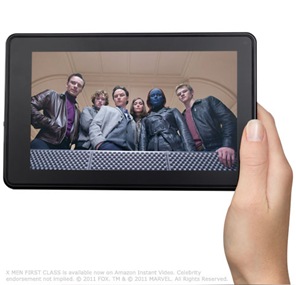 whole lot. Now it is clear that there are only two true tablet makers. The first one is Apple and the second is Amazon. Whatever happened in between is just a bad dream from which the likes of Samsung and HTC are still recovering. Amazon launched its Android tablet called Kindle Fire for $199. That’s cheaper than any decent tablet out there.
whole lot. Now it is clear that there are only two true tablet makers. The first one is Apple and the second is Amazon. Whatever happened in between is just a bad dream from which the likes of Samsung and HTC are still recovering. Amazon launched its Android tablet called Kindle Fire for $199. That’s cheaper than any decent tablet out there.
Kindle Fire is Amazon’s moat to sell its cloud services
With Kindle Fire, Amazon took a startup approach. Or what is called jugaad here in India. The word on the street is that, Amazon took the Blackberry Plabook hardware made some modifications, loaded its own fork of Android which is somewhere between Android 2.2 and Android 2.3 and finally made sure the kitsch works. Amazon has become the great integrator. So how is this new fangled tablet? Let’s take a look
The Good
Kindle Fire comes with a 1 GHz dual core processor, 7-inch capacitive touch screen with IPS display and a resolution of 1024×600, free cloud storage, 8 GB internal memory, battery life for 8 hours reading or 7.5 hours of watching videos and WiFi.
Nothing spectacular about the specifications and these are something I can write without even looking at the Amazon page. For a $199 tablet this is the best you can get.
The cloud service which Amazon offering is the brightest part of Kindle Fire. 10,000 movies and popular TV shows, 800,000 books which cost $9.99 or less and 2 million free books – that’s what the US customers get access to when they buy Kindle Fire.
Amazon has also introduced a Silk Browser which is purported to be a new way of doing things on a tablet.
The Bad
Kindle Fire isn’t a proper Android tablet. It is a forked version which means, whatever updates Google does will not make it to the Fire. Amazon owns the OS on Fire and will be responsible for all the future updates. Kindle Fire can’t connect to Android market either. All it can connect to is the Amazon App Store. Fire can still run Android apps which would mean installing the apk’s directly but that could be too much of a trouble if you are looking for a tablet that works out of the box.
The Ugly
Kindle Fire doesn’t have 3G, there’s no camera and there’s no mic. Clearly Amazon is targeting Kindle Fire to be a media consumption for its vast cloud services. No camera and no mic is something I can understand. In fact, they could be things which brought the cost down for Fire. But no 3G? Sure WiFi is ubiquitous from Airport lounges and coffee shops to massage parlors. But for a mobile device which is heavily dependent on anytime available cloud service, not having a innate mobile connection capability is befuddling. Speaking of ugly, I haven’t even talked about the bezel on this Kindle Fire.
Amazon has created a whole lot of stickiness for its customers with Kindle Fire.
Finally
Kindle Fire has shown us that a successful tablet launch isn’t all about the greatest hardware. It’s the apps and the ecosystem. Without which the brightest of the tablets are destined to fail. And don’t make the mistake of considering this a success for Android tablets. Because it is not. This is a tablet which only an Amazon could have pulled of. In fact Kindle Fire would be a nemesis of Android tablets. Now they have to compete with both iPad and Kindle Fire – one at the top end and one and the lower end of the spectrum.
I have argued earlier on why all new tablet makers have to pick a niche. Amazon did it very well. Samsung, HTC and all other makers want to but can’t, because they don’t have a service for stickiness. Which is what brings me to my next question?
Wouldn’t it be better for Netflix to launch a tablet or at least partner with someone for the tablet?

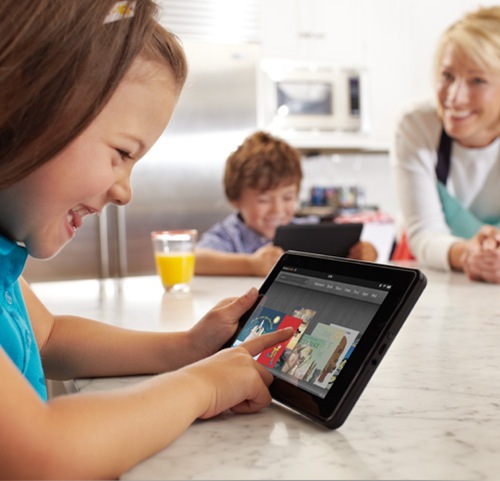
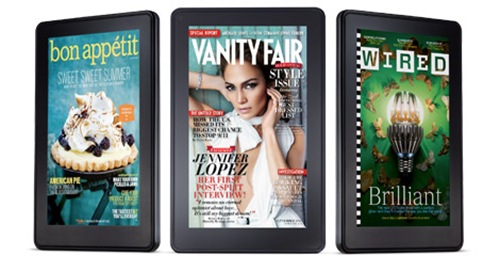
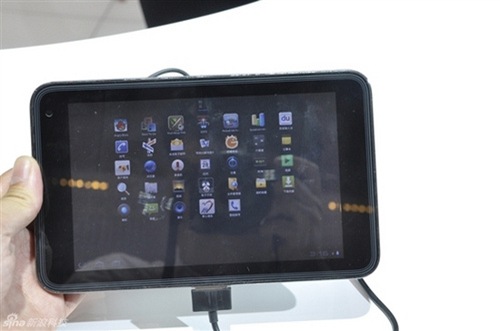
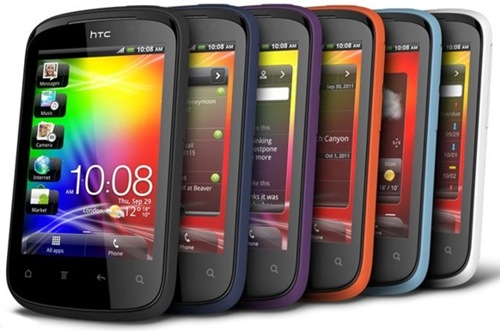
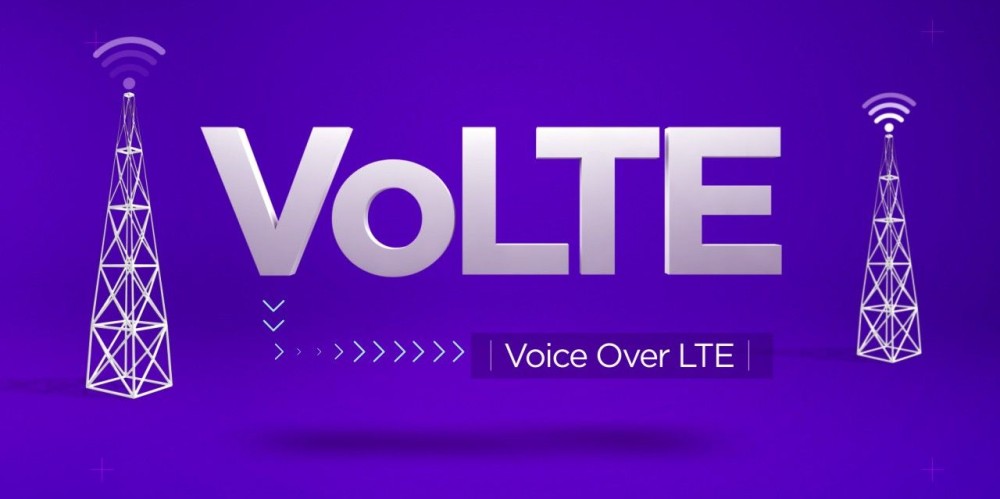
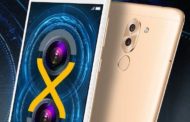
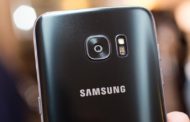
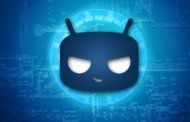
![Cheapest 4G VoLTE Phones under 7000 [Jan 2017]](https://thegadgetfan.com/wp-content/uploads/2016/12/VoLTEphones-190x122.jpg)
